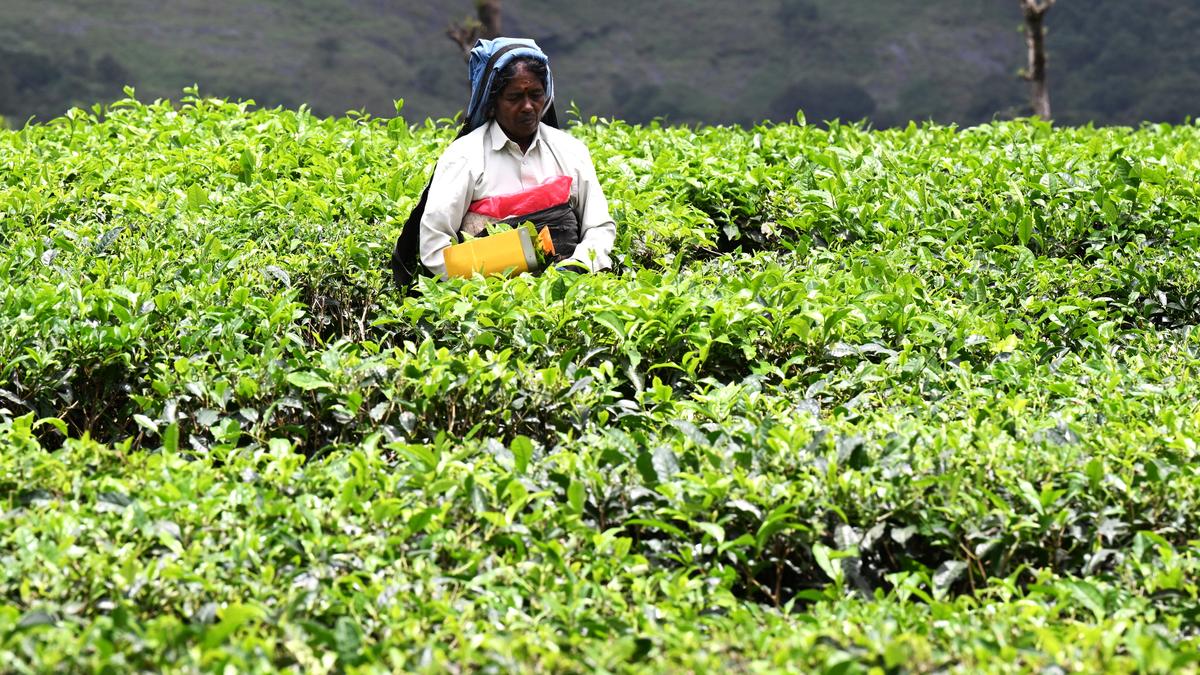Copyright thehindubusinessline

Indian tea industry faces the triple whammy of sluggish domestic demand, uncertain exports and unpredictable weather. In the domestic market, the growth in tea consumption is mainly due to population growth; per capita consumption isn’t rising. It remains below 850 gm a year — in most tea consuming countries it’s over 1 kg. This causes surplus in the market, leading to a dampening of prices. To add to the woes tea is imported from many countries. Fortunately, the Tea Board’s directive for 100 per cent dust tea auction with simultaneous random testing of samples against FSSAI accredited quality norms is showing positive results. Dust tea prices have moved up on the confidence of getting quality tea. There is a need to boost demand in the domestic market; around 64 per cent of the population drinks at least one cup of tea a day. Consuming just one more cup will create demand for 25 million kg a year, which will exhaust the entire surplus. Research shows that tea has many health benefits. The Tea Board may need to take the lead in promoting the beverage. Uncertain export demand India exports 230-250 million kg of tea. Except for some high quality varieties, Indian tea has lost its sheen in the international market. It is seen as a filler and blended with other origin teas. There is fierce competition in the international market. India often needs to wait for competitors’ weakness like less production, price spikes to fill the gap. Further, there is geopolitical conflict in India’s two major export destinations — Russia and Iran — which make up over 40 per cent of India’s total exports. India’s share in many big markets like Egypt, Turkey, the UK, the US, Pakistan and Morocco are either small or stagnant. Competitors like Kenya and Sri Lanka have well-diversified markets to balance any drop in any market. Indian exporters face certain other disadvantages like high transportation cost, lack of good export infrastructure, exorbitant ocean freight, scarcity of containers, etc. A country-wise demand analysis reveals that India can export another 100 million kg tea to various markets with focused marketing initiatives and good quality teas. For this Tea Board should come forward and help exporters. There is no unique brand by which overseas consumers can connect with Indian tea. Around 1995, an India brand “Nargis” was developed for the Russian market. But it became commercially unsustainable after five to six years due to lack of funds. There is a strong need to assess the requirements and devise a scheme for an India Tea Brand for the international market. Erratic weather has also impacted tea production. There is thus need to establish a tea park with modern warehousing, blending, testing, packaging and banking facilities. Also, continuous engagement with the FSSAI to ensure quality tea is important. These targeted initiatives could put the Indian tea industry on the growth path. The writer is a tea analyst and former Secretary, Indian Tea Association Published on September 27, 2025



